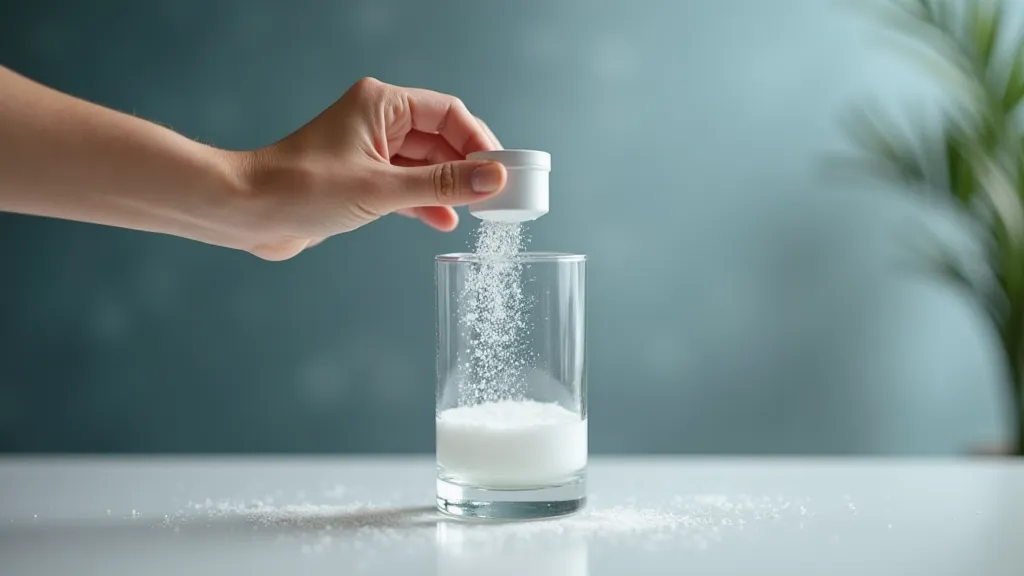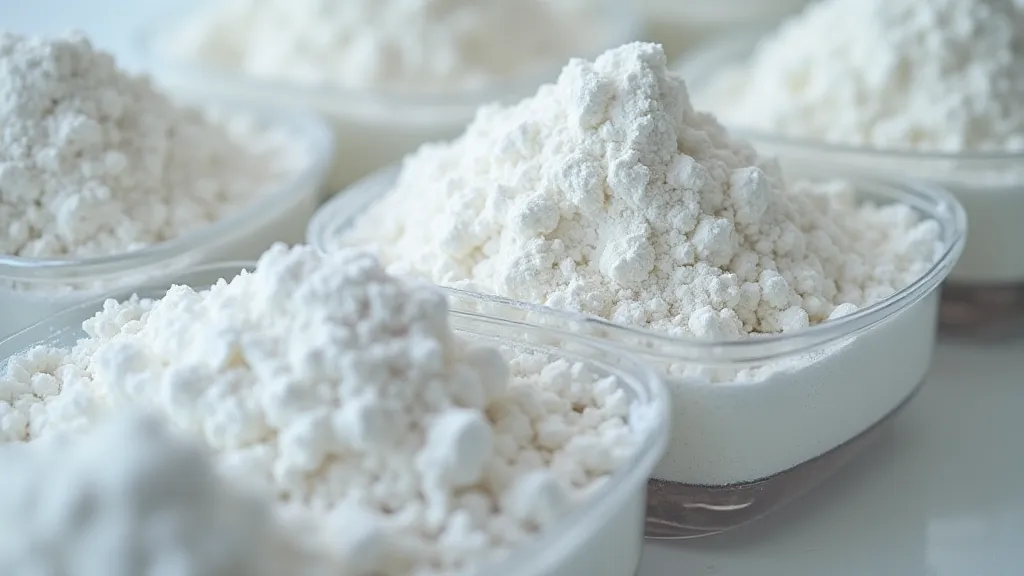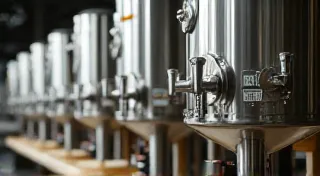Understanding the Importance of Water Chemistry in Brewing
Water is often overlooked in the brewing process, seen as simply a solvent. However, water constitutes roughly 90-95% of your beer! This means its chemical composition has a *significant* impact on the final flavor and character of your brew. Ignoring water chemistry is like trying to paint a masterpiece with inferior pigments – the potential is limited. This article will break down the key aspects of water chemistry and how you can adjust it to achieve the beer you’re dreaming of. For those just starting out, understanding the basics can feel daunting, but the rewards – better-tasting beer and greater control over your brewing – are well worth the effort.
Why Water Chemistry Matters
The mineral content of your water interacts with the malt during mashing, affecting enzyme activity and the production of fermentable sugars. These sugars, in turn, feed the yeast, influencing the alcohol content and creating a range of flavor compounds. Different beer styles benefit from different water profiles. For example, a Pale Ale will present very differently depending on its water profile. The impact is often surprising to novice brewers. Consider, for instance, how different water chemistry can influence a classic brewing a classic Pale Ale recipe, and the difference can be striking.
- Pale Ales & IPAs: Generally benefit from higher sulfate levels, which accentuate hop bitterness.
- Dark Beers (Stouts, Porters): Often do well with higher chloride levels, contributing to a softer mouthfeel and emphasizing malt flavors.
- Wheat Beers: Can benefit from a slightly higher mineral content, enhancing the yeast-derived esters.
Without understanding and potentially adjusting your water, you’re essentially leaving a significant variable to chance. While you *can* make decent beer with untreated water, you're severely limiting your control over the final product. A more complex, nuanced style, such as brewing a Saison, demands even more attention to water profile, as the subtle flavors are amplified by the water’s characteristics.
Key Water Chemistry Parameters
pH
pH measures the acidity or alkalinity of your water. The ideal mash pH for most beers falls between 5.2 and 5.6. A lower pH favors protein coagulation, leading to clearer wort and a more stable beer. A higher pH can lead to haze and a less efficient mash. You can adjust pH using acids (like lactic acid) or bases (like calcium hydroxide). Understanding pH is fundamental to achieving optimal enzyme activity and wort clarity, which ultimately impacts beer quality.

Mineral Content: The Big Players
Several minerals play critical roles. Let's look at some of the most important:
- Calcium (Ca): Essential for mash enzyme activity and contributes to a full-bodied beer. Calcium ions are crucial cofactors for several enzymes involved in starch conversion.
- Magnesium (Mg): Also important for enzyme activity and can influence color. Magnesium helps enzymes function properly and impacts the color clarity of the wort.
- Sulfates (SO4): Accentuate hop bitterness and contribute to a crisp, dry finish. Sulfate ions enhance the perception of hop bitterness and contribute to a drier finish.
- Chlorides (Cl): Soften the water profile and contribute to a fuller mouthfeel. Chloride ions provide a subtle fullness and mouthfeel, balancing the perceived bitterness.
Beyond these primary minerals, trace elements also play a role, although their precise influence can be more complex and often requires advanced analysis. The overall mineral content isn't just about the individual components; it's about the ratios and interactions between them.
Measuring Your Water
The first step in water adjustment is understanding what you're starting with. You can purchase water test kits designed for brewing, or send samples to a professional water analysis lab. The lab report will provide a detailed breakdown of your water's mineral content. Knowing your baseline is essential before attempting any adjustments. Different testing methods have varying degrees of accuracy, so choosing a reputable lab is important for consistent results.
Adjusting Your Water
Once you know your water’s composition, you can adjust it to match a target profile for your chosen beer style. Common methods include:
- Acid Blends: A mix of acids (phosphoric, citric, lactic, and malic) used to lower pH and soften water. Acid blends offer a relatively inexpensive way to adjust pH and reduce alkalinity.
- Calcium Chloride (CaCl2): Increases calcium and chloride levels. Calcium chloride is a powerful tool for raising calcium and chloride levels, contributing to a fuller mouthfeel.
- Gypsum (CaSO4): Increases calcium and sulfate levels. Gypsum provides calcium and sulfate, often used to enhance hop bitterness.
- Epsom Salt (MgSO4): Increases magnesium levels. Epsom salt is used sparingly to increase magnesium levels, which can impact color and enzyme activity.
Adjusting water chemistry is often an iterative process. Start with small adjustments and carefully document your results. Tasting your beer is the best way to determine if your adjustments are paying off. It’s a journey of experimentation and refinement. Don't be afraid to try different combinations and observe the impact on your finished beer. The complexity of water chemistry can feel overwhelming, but the rewards are well worth the effort. Mastering water chemistry can be a significant step towards becoming a truly skilled brewer. Careful documentation of your adjustments and tasting notes is essential for continual improvement.

Resources and Further Learning
There are many excellent resources available to help you delve deeper into water chemistry. Books, online forums, and brewing communities are all valuable sources of information. Don’t be afraid to experiment and learn from your experiences! The art of dry hopping, for example, can be significantly influenced by water chemistry, and understanding this interaction can lead to a more nuanced appreciation of the process.

With a little understanding and effort, you can unlock a whole new level of control over your brewing process and create truly exceptional beers. Remember, every water source is unique, and understanding its specific characteristics is key to unlocking its potential for brewing.





